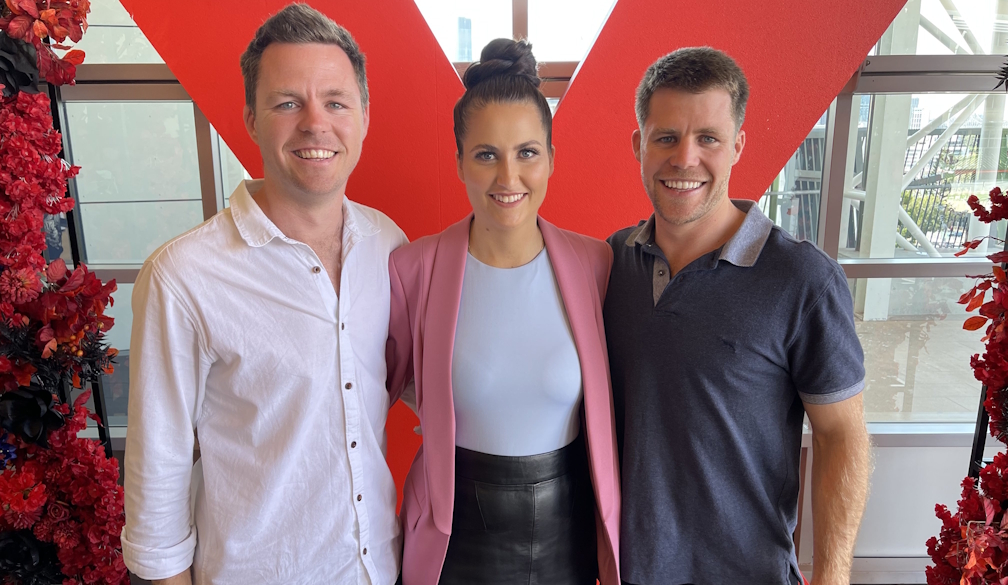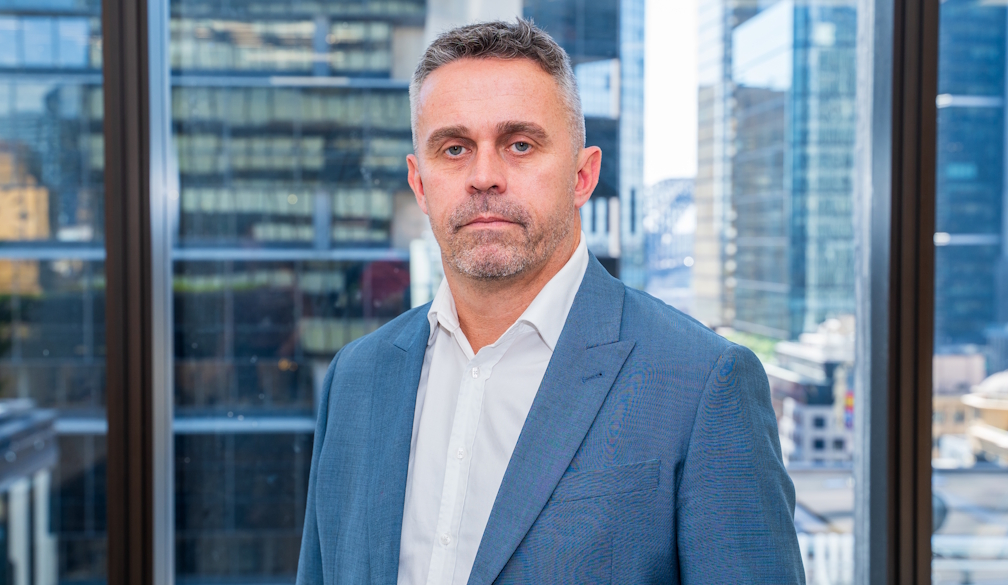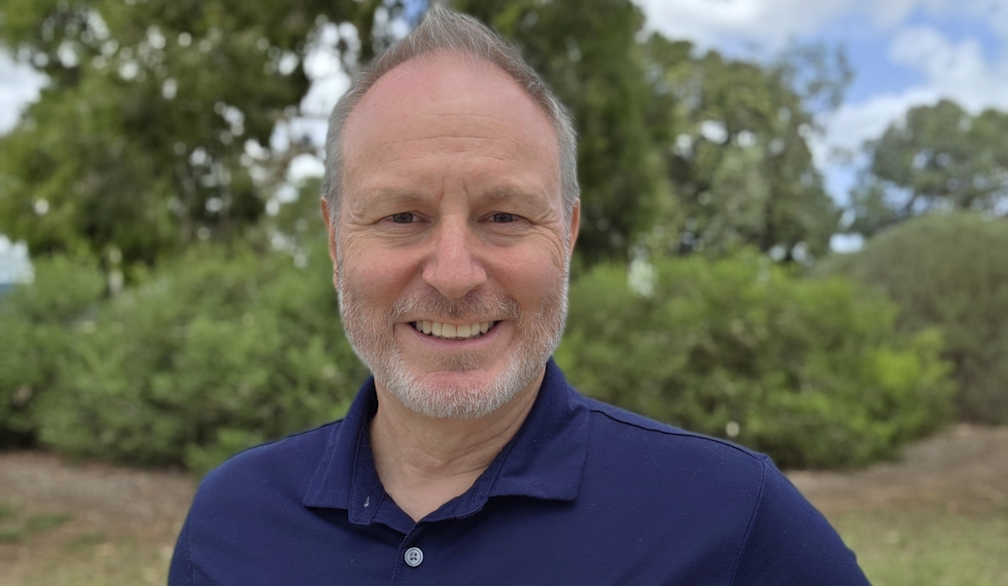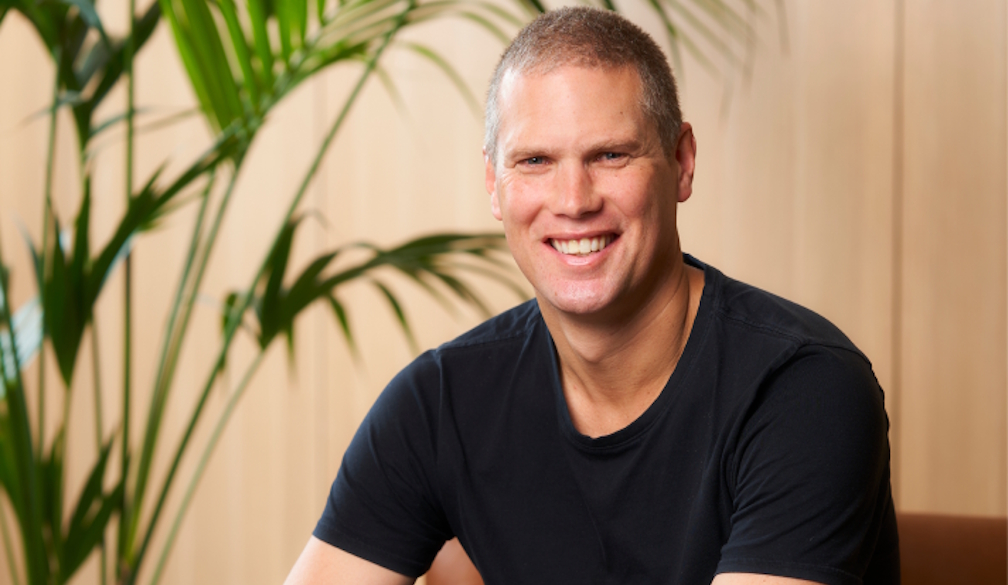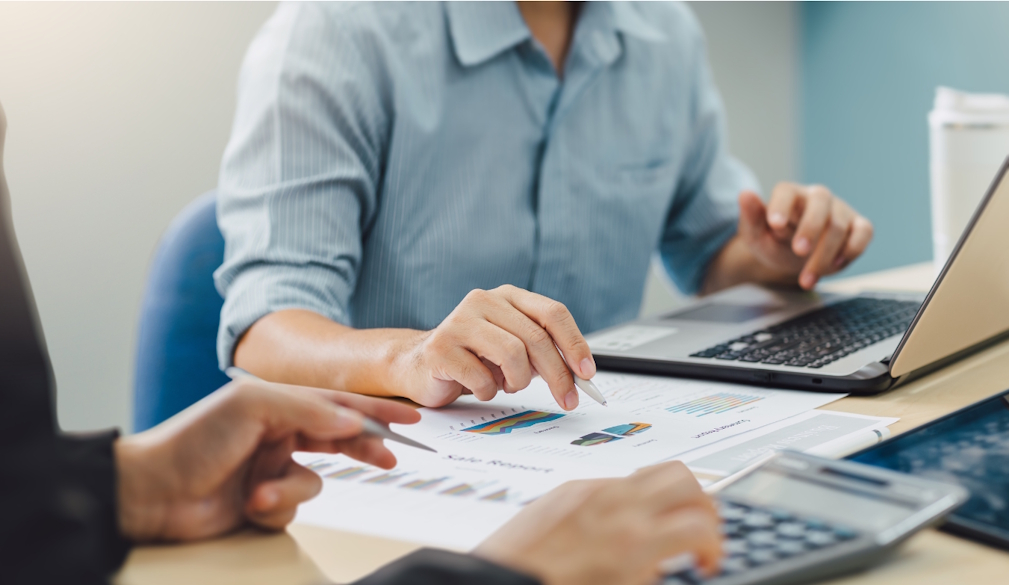Building an Emergency Fund
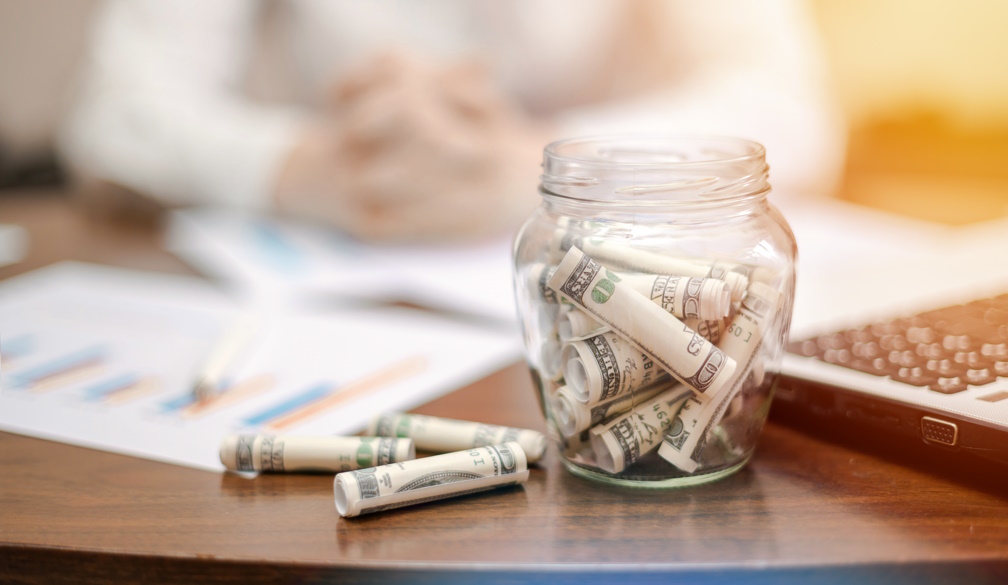
Why preparation is the real peace of mind
Most people think of financial security as having enough money to cover their bills, but true stability goes beyond that. It’s about having a safety net—something that cushions life’s unpredictable blows. Whether it’s a car breakdown, medical bill, or job loss, these moments can derail even the best financial plans. That’s where an emergency fund comes in.
Creating an emergency fund isn’t just about saving money—it’s about building resilience. It gives you control when circumstances feel uncertain, helping you respond calmly instead of reacting in panic. For business owners, this concept applies just as strongly. Having financial backup is essential to maintaining stability through lean seasons or unexpected disruptions. In some cases, exploring business debt relief can help companies clear financial hurdles and create room to establish the stability that an emergency fund represents on a personal level.
Understanding what an emergency fund really is
An emergency fund is money set aside specifically for unforeseen expenses. It’s not meant for vacations, new gadgets, or even planned home upgrades. It’s your personal or business “insurance policy” against financial shocks.
Think of it as a buffer between you and debt. Without it, an unexpected cost can quickly lead to credit card reliance or loans with high interest. That’s why financial experts emphasize building this fund before investing or making large discretionary purchases.
According to the Consumer Financial Protection Bureau, even a few hundred dollars in savings can make a meaningful difference when faced with an emergency. The key is to start small, stay consistent, and gradually build toward a goal that gives you genuine peace of mind.
Determining how much you need
The ideal emergency fund amount depends on your lifestyle, dependents, and financial responsibilities. Most experts recommend saving at least three to six months’ worth of essential expenses—covering things like housing, food, utilities, transportation, and healthcare.
For business owners or freelancers with variable income, aiming for six to twelve months of expenses provides a better safety net. If your income is stable and predictable, three months may be sufficient as a starting point.
A helpful way to calculate your target is to review your average monthly expenses and multiply them by your desired months of coverage. This clear number gives you a tangible goal to work toward.
Starting small and building momentum
The biggest obstacle people face when starting an emergency fund is feeling overwhelmed. Saving several months of expenses can sound impossible, especially when budgets already feel tight. The secret is to begin small and automate the process.
Even setting aside $20 or $50 per week makes a difference over time. Automation helps remove the temptation to skip saving “just this month.” Treat it like a bill that pays your future self. As your income grows or debts shrink, increase your contribution incrementally.
Using a separate savings account or high-yield online account keeps your emergency fund out of sight but easily accessible. Avoid tying it to your checking account to reduce impulsive withdrawals.
What counts as a real emergency?
An emergency fund should be used only for genuine, unplanned needs—situations that threaten your stability or well-being. This includes medical emergencies, sudden job loss, urgent car repairs, or unexpected housing issues.
It’s not for planned expenses, like annual car insurance or a phone upgrade, which should be budgeted separately. Clear boundaries protect the integrity of your fund and prevent “emergency creep,” where convenience spending drains your safety net.
Before withdrawing from your fund, ask: “Is this urgent, necessary, and unexpected?” If not, it likely doesn’t qualify.
Rebuilding after using your fund
Emergencies will happen, and when they do, it’s okay to use the money you’ve saved. That’s the point—it’s there to help you recover without financial chaos. The next step is rebuilding as soon as possible.
Once the situation stabilizes, review your budget and restart contributions. Even small, consistent deposits help refill your fund faster than you’d expect. The sense of relief you felt during the emergency will remind you why maintaining the fund matters.
Just like physical fitness, financial strength comes from discipline and repetition. Each time you use and rebuild your fund, you’re proving to yourself that you can handle setbacks and recover stronger.
Balancing priorities and flexibility
It’s natural to juggle competing financial goals—paying down debt, saving for retirement, or growing a business. The key is to balance progress across priorities without neglecting your safety net.
If you’re dealing with high-interest debt, consider splitting your focus: allocate a portion of your income to debt repayment while still contributing something—no matter how small—to your emergency fund. This hybrid approach prevents new debt when unexpected costs arise.
Remember, flexibility is a strength. Life changes, and so should your savings strategy. Periodically reassess your emergency fund goals to ensure they align with your current circumstances and responsibilities.
The long-term emotional payoff
Beyond numbers, the greatest benefit of an emergency fund is emotional freedom. Knowing you have a cushion between you and financial disaster reduces anxiety and promotes better decision-making.
When you’re not living paycheck to paycheck or fearing every surprise expense, you can plan your future with confidence. You can pursue opportunities, invest in personal growth, or handle challenges without panic. Financial preparedness isn’t just about security—it’s about peace of mind.
Final thoughts
Building an emergency fund isn’t a luxury—it’s an act of self-respect and foresight. It’s your way of saying, “I believe in my ability to handle whatever comes next.” Start where you are, even if it’s with a few dollars at a time, and keep going.
Each contribution strengthens your foundation. Over time, your fund becomes more than just savings—it becomes a symbol of resilience, discipline, and freedom from financial fear.


